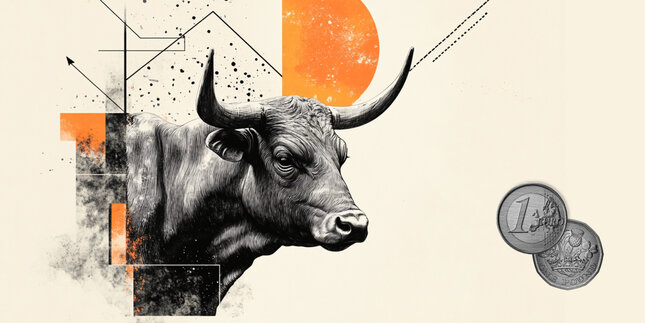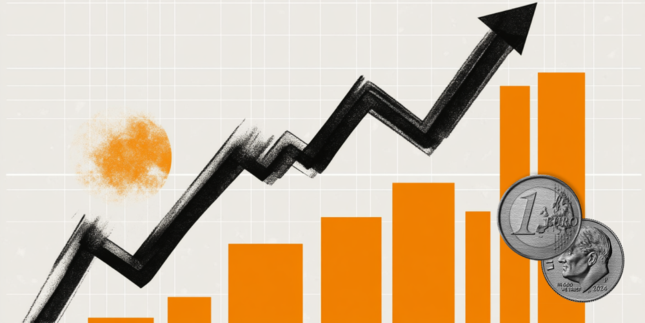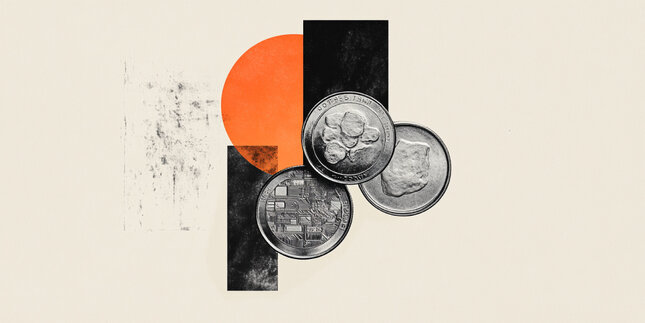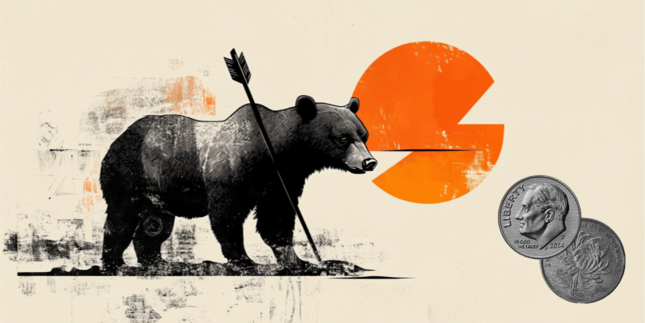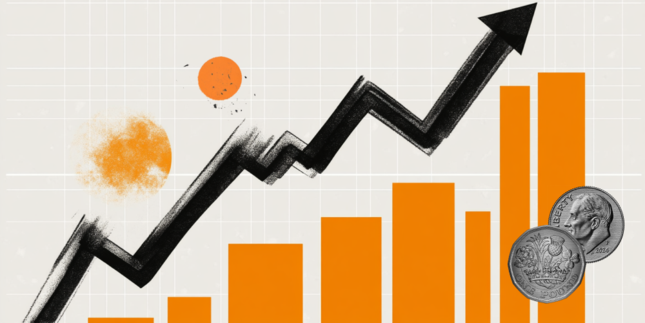USD/CAD breaks below 1.4200 as US Dollar weakens amid renewed odds of Fed rate cuts
- USD/CAD loses ground as the downbeat economic data reinforce the expectations of the Fed rate cuts.
- The commodity-linked CAD could face challenges amid weaker crude Oil prices.
- WTI price faces challenges due to expectations of resumed exports from Kurdistan’s oilfields.
USD/CAD offers its recent gains registered in the previous session, trading around 1.4190 during the Asian hours on Monday. The downside of the pair is attributed to the weaker US Dollar (USD) following the downbeat US economic data including Jobless Claims and the S&P Global Purchasing Managers' Index (PMI) released last week.
The downbeat economic data have reinforced the expectations of the Federal Reserve’s (Fed) rate cuts. The US Dollar Index (DXY), which measures the USD against six major currencies, depreciates to near 106.00 with 2- and 10-year yields on US Treasury bonds standing at 4.19% and 4.43%, respectively, at the time of writing.
In Canada, mixed economic data has created uncertainty around the Bank of Canada’s (BoC) policy outlook. An advance estimate from Statistics Canada indicates that Retail Sales fell by 0.4% in January 2025, marking the first decline in seven months. This suggests a slowdown in consumer spending following December’s strong surge, sparking concerns about economic momentum.
Meanwhile, inflationary pressures remain elevated, with rising industrial producer prices and an increase in the Raw Materials Price Index month-over-month. This underscores the BoC’s challenge of balancing economic growth and price stability, while also dampening expectations for further policy easing.
However, the commodity-linked Canadian Dollar (CAD) could face challenges amid weaker West Texas Intermediate (WTI) Oil price. Given that Canada is the largest Oil exporter to the United States (US). Crude Oil prices faced downward pressure amid expectations of resumed exports from Kurdistan’s Oilfields.
On Sunday, Reuters reported that an Iraqi Oil ministry official confirmed Iraq’s plan to export 185,000 barrels per day (bpd) from Kurdistan’s Oilfields via the Iraq-Turkey pipeline. The ministry stated that all necessary procedures had been completed to facilitate the resumption of exports through the pipeline.
Canadian Dollar FAQs
The key factors driving the Canadian Dollar (CAD) are the level of interest rates set by the Bank of Canada (BoC), the price of Oil, Canada’s largest export, the health of its economy, inflation and the Trade Balance, which is the difference between the value of Canada’s exports versus its imports. Other factors include market sentiment – whether investors are taking on more risky assets (risk-on) or seeking safe-havens (risk-off) – with risk-on being CAD-positive. As its largest trading partner, the health of the US economy is also a key factor influencing the Canadian Dollar.
The Bank of Canada (BoC) has a significant influence on the Canadian Dollar by setting the level of interest rates that banks can lend to one another. This influences the level of interest rates for everyone. The main goal of the BoC is to maintain inflation at 1-3% by adjusting interest rates up or down. Relatively higher interest rates tend to be positive for the CAD. The Bank of Canada can also use quantitative easing and tightening to influence credit conditions, with the former CAD-negative and the latter CAD-positive.
The price of Oil is a key factor impacting the value of the Canadian Dollar. Petroleum is Canada’s biggest export, so Oil price tends to have an immediate impact on the CAD value. Generally, if Oil price rises CAD also goes up, as aggregate demand for the currency increases. The opposite is the case if the price of Oil falls. Higher Oil prices also tend to result in a greater likelihood of a positive Trade Balance, which is also supportive of the CAD.
While inflation had always traditionally been thought of as a negative factor for a currency since it lowers the value of money, the opposite has actually been the case in modern times with the relaxation of cross-border capital controls. Higher inflation tends to lead central banks to put up interest rates which attracts more capital inflows from global investors seeking a lucrative place to keep their money. This increases demand for the local currency, which in Canada’s case is the Canadian Dollar.
Macroeconomic data releases gauge the health of the economy and can have an impact on the Canadian Dollar. Indicators such as GDP, Manufacturing and Services PMIs, employment, and consumer sentiment surveys can all influence the direction of the CAD. A strong economy is good for the Canadian Dollar. Not only does it attract more foreign investment but it may encourage the Bank of Canada to put up interest rates, leading to a stronger currency. If economic data is weak, however, the CAD is likely to fall.
Forex News
Keep up with the financial markets, know what's happening and what is affecting the markets with our latest market updates. Analyze market movers, trends and build your trading strategies accordingly.




